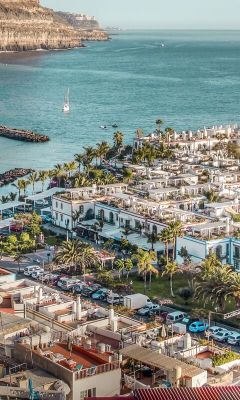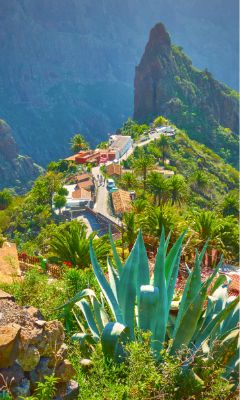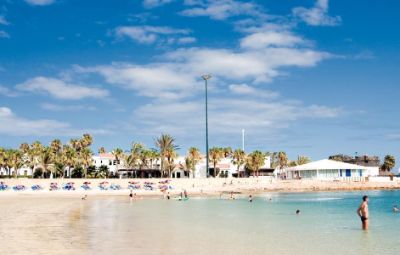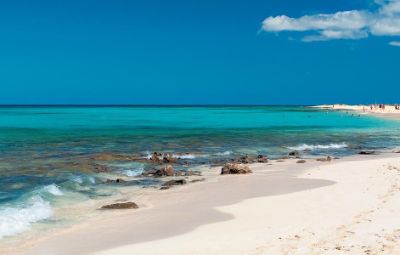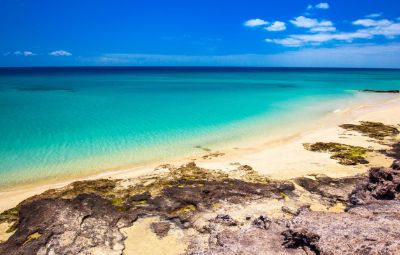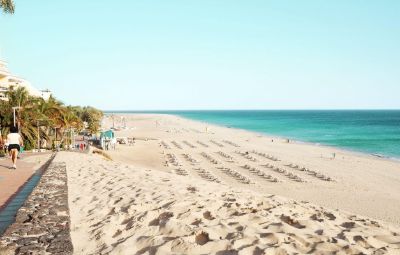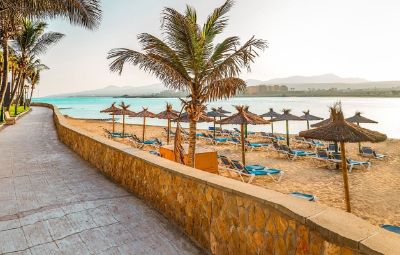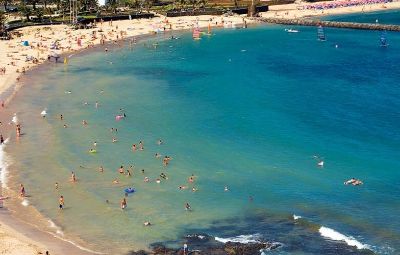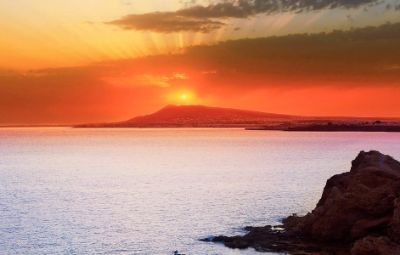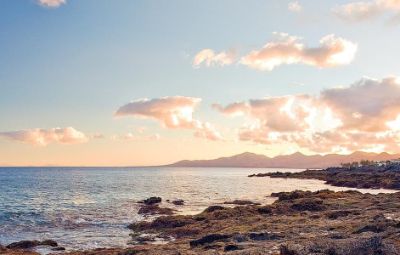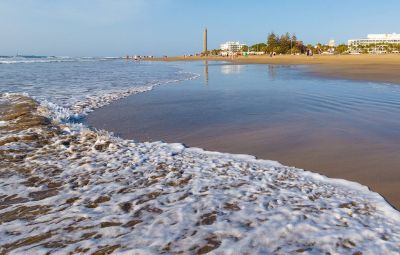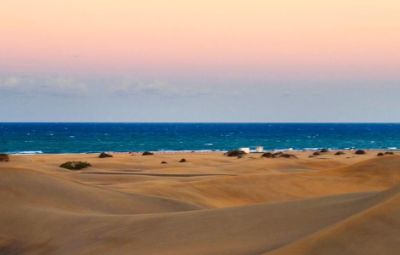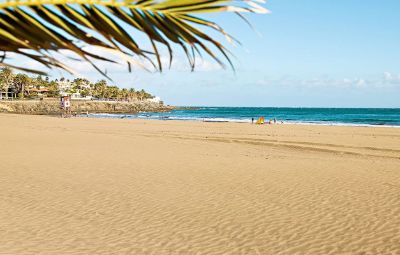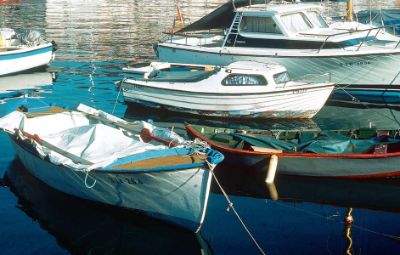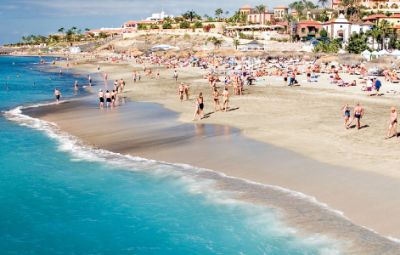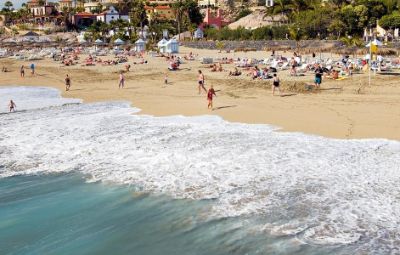The jewel of Lanzarote’s east coast, Costa Teguise holidays are a firm favourite thanks to this area’s dazzling golden coastline. With plenty of beaches and a colourful waterfront filled with restaurants, shops and top hotels, the resort is perfectly placed for getaways with friends and family.
Costa Teguise is quieter than Puerta del Carmen and Playa Blanca, where much of the island’s clubbing scene is concentrated. So, if you prefer a more relaxed, family friendly atmosphere and instant access to the beach, this is a great base. Another advantage in staying here is that you’ll be within easy reach of Lanzarote International Airport, just a 15 minute journey or 15km away, and the island's historic capital and port Arrecife, just 8km away.
The best time to visit Costa Teguise
Like the rest of Lanzarote, Costa Teguise is warm all year round; even in January, daytime temperatures often reach the low 20s °C, while temperatures in July and August frequently exceed 30°C. The island is also remarkably dry and sunny, receiving more than 300 days of sunshine per year, so you can enjoy a fun-packed holiday in Costa Teguise at any time, wherever you go on the Costa Teguise hotels map.
Get up and close with underwater wildlife
In Costa Teguise, take a submarine trip to the bottom of the bay and find out what exciting creatures have their home beneath the waves. From colourful fish that’ll swim by your window to the elusive stingrays that lurk around the mysterious sunken ship, there are many species to discover.
Spend the day at the Cactus Garden
Practically due north of Costa Teguise, about a 15 minute journey or 13km from the resort, the Cactus Garden includes more than 10,000 plants in a former quarry and restored windmill. It’s spiky, it’s quirky, and it’s very different from anything else you’ll see on this gorgeous island! This amazing attraction was pioneered by the hero of Lanzarote, César Manrique, an architect and artist who also designed the island’s renowned Jameos del Agua caves attraction and the Mirador del Rio viewpoint.
Have fun at the Timanfaya National Park
Head outside your Costa Teguise hotels map and see this awe-inspiring national park. A must for any visitor to Lanzarote, buy your ticket from the office then hop on a coach for a guided tour around this fascinating lunar landscape. The unique site is made up of over 100 volcanoes, which were created during six years of eruptions in the 1730s, among the strongest in the island’s recorded history.
Learn about the eruptions that have taken place over the years, including the last one which was 190 years ago, so don’t worry, there’s no eruptions forecast any time soon! After your tour, watch the demonstrations which will show you how hot the area is, including a mini geyser created by pouring water into a bore hole. You can even enjoy a meal which has been cooked by geo-thermal heat in the ‘El Diablo’ restaurant.
Visit the Pueblo Marinero Craft Market
To find that perfect gift for a loved one or a souvenir for yourself, a visit to the Pueblo Marinero Craft Market is a must. From wooden items to jewellery, you’ll find a great range of the finest handmade products from around Lanzarote.
Other places to visit in Costa Teguise
Take the family to the Lanzarote Aquarium, where you’ll walk through an underwater shark tunnel and observe other marine species. Alternatively, throw your Costa Teguise hotels map away and go exploring around the spectacular Cueva de los Verdes lava tunnel and concert hall in the far north of Lanzarote, where you’ll see illuminated cave walls at a site formed around 3,000 years ago.
More travel guides
We also have travel guides available for destinations, including: Andalusia | Balearic Islands | Barcelona | Canary Islands | Costa Almeria | Costa Blanca | Costa Brava | Costa Dorada | Costa del Sol | Fuerteventura | Gran Canaria | Lanzarote | Tenerife | Ibiza | Madrid | Malaga | Majorca | Menorca | Playa Blanca | Puerto del Carmen

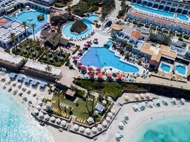




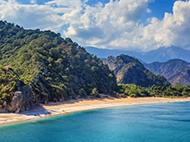
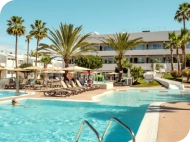
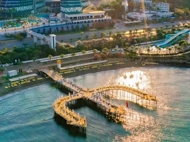
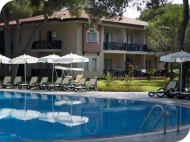








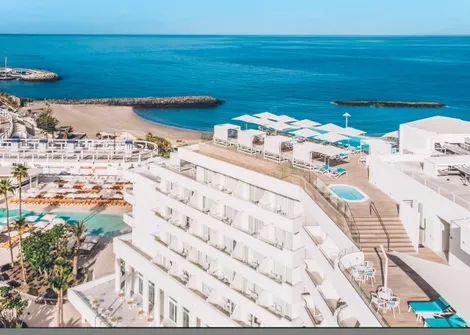
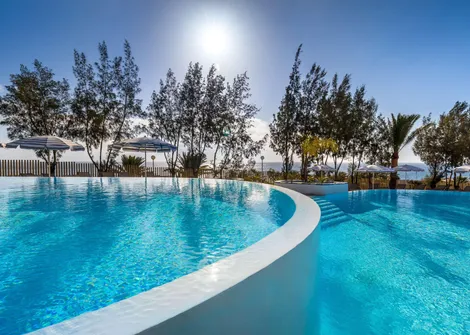
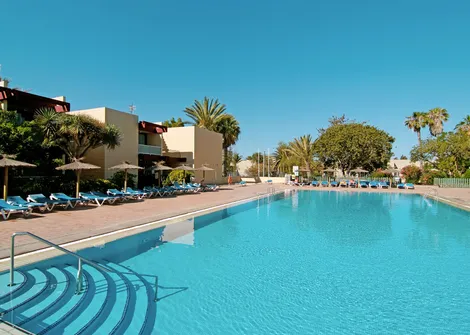

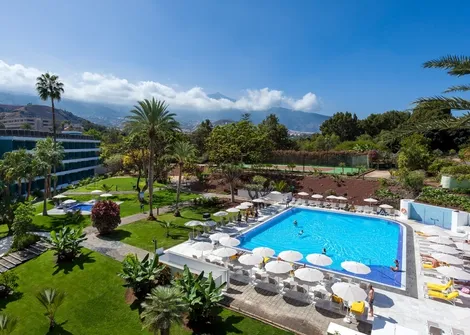
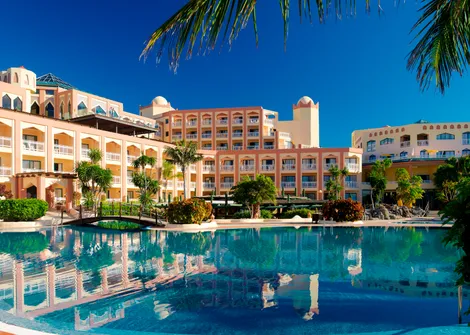

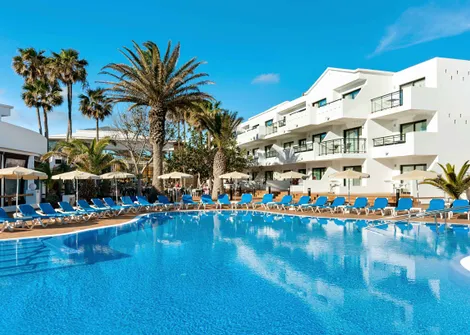
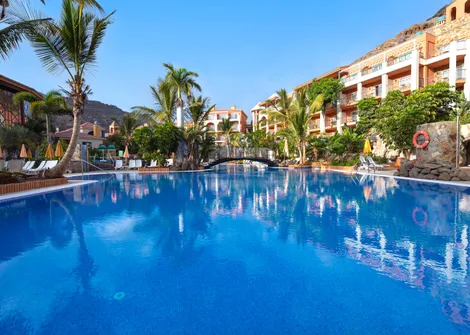
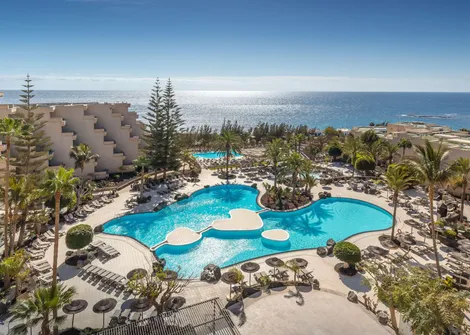
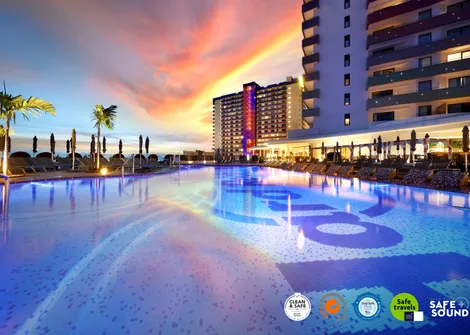
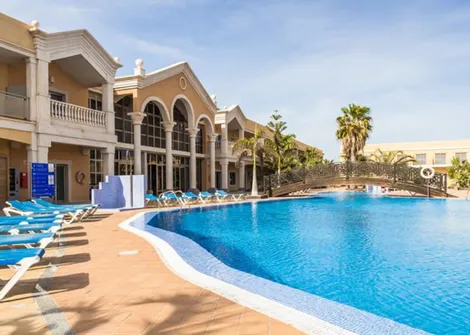
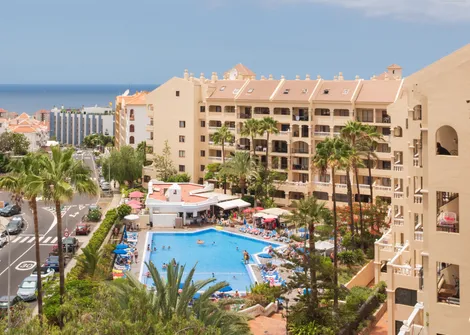
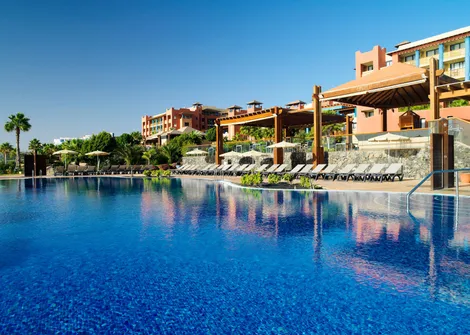
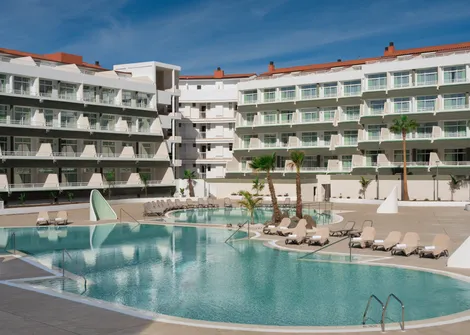

.jpg)
